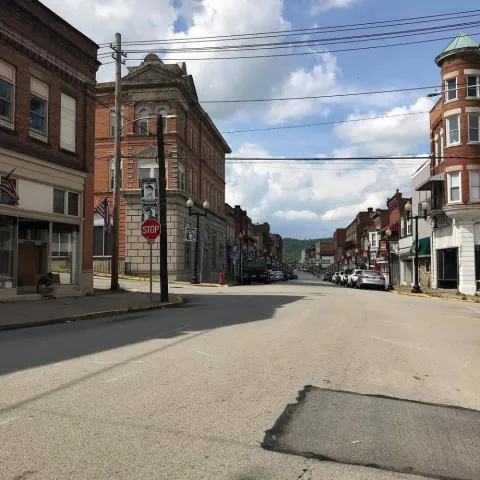Donora
Donora's rapid rise stemmed from its emergence as a hub for wire, steel, and zinc production. In 1899, land was divided for industrial and residential use. The wire plant was launched in 1900, and by 1902, it was operating two rod mills, producing 1,200 tons daily. Departments for wire drawing, nails, and galvanizing followed.
By 1903, American Steel and Wire (U.S. Steel subsidiary) took over. The plant grew through modernization and wartime demands, adding rod mills, billet production, and advanced equipment by 1940.
Steelworks and furnaces began operating in 1905, evolving into a major operation producing 45,000 tons of open-hearth steel monthly by 1921. WWII further elevated output—Donora supplied bullet cores, bomb casings, and aircraft runway reinforcements.
The Donora Zinc Works, established in 1915, became the world's most significant zinc works. Its production—zinc, sulfuric acid, cadmium, and lead—was crucial to industry and defense. Zinc-coated steel products and supported military hardware. The plant drew workers, including Spanish-speaking families from Kansas. Engineer Mercer Neale, later superintendent, helped shape local civic life.U.S. Steel supported employee well-being and community vibrancy through concerts, clubs, clinics, and civic organizations, such as the Chamber of Commerce.
Beginning in 1957, shutdowns swept through zinc and steel facilities. By 1967, all operations ceased. The workforce fell from 5,000 to under 900. Population declined sharply, but Donora endured, its story one of industrial might and community resilience.

